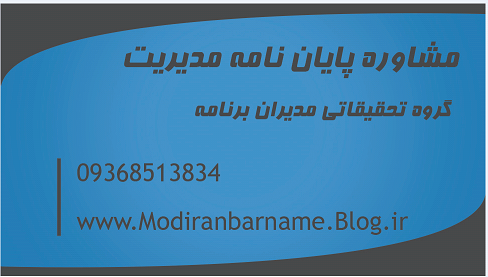An integrated DEMATEL-ANP approach for renewable energy resources selection in Turkey
An integrated DEMATEL-ANP approach for renewable energy resources selection in Turkey
Abstract
Renewable energy resources (RER) are globally emerging as an energy generation alternative and latest research points out that these resources will have vital importance in the future. Limited reserves and negative environmental impacts of fossil fuels make investors to consider RER for sustainable development. In this study, a multi-criteria decision making (MCDM) approach is applied using the Decision Making Trial and Evaluation Laboratory Model (DEMATEL) technique, integrated with Analytic Network Process (ANP) for selecting the most appropriate RER in Turkey from an investor-focused perspective. The originality of the work comes from its ability to combine technical, economic, political and social attributes with a developed RER evaluation model and the effective and integrated framework it provides to select the most appropriate RER for Turkey for the first time using integrated DEMATEL and ANP approach.
Keywords
- Renewable energy resources;
- MCDM;
- DEMATEL;
- ANP
-
Introduction
Electricity demand is increasing proportional to population growth, industrialization and urbanization
across the world. Under business as usual scenarios, the demand for energy is expected to increase
globally while fossil fuel sources are dwindling, energy prices increasing and environmental issues such as climate change are becoming more relevant. In parallel to these, as a developing country the energy need
of Turkey has been rising continuously and energy shortages becoming a threat for next decades (Iskin et
al., 2012; Kaya and Kahraman, 2010). The necessity to optimize the planning and the usage of energy
resources has been an increasingly important issue (Xydis, 2013). With limited funds, governmental,
public, private and institutional investors engage in a crucial role for future sustainable developments (Lee
and Zhong, 2014). For these reasons, low cost, clean and secure energy supply is a common and
fundamental issue for sustainable energy resources (Trappey et al., 2013). Under these circumstances, the
selection of suitable energy generation alternatives becomes crucial, also for energy investments in
Turkey. Development of energy sources in Turkey in a clean and sustainable way can be a viable option to
eliminate the dependency on depleting fossil fuels and also to minimize the related negative
environmental impacts, where renewable energy resources (RER) are being considered as an alternative.
One of the aims of this research is to identify relevant decision criteria and sub-criteria that are
important to the RER selection problem from an investor’s perspective. The other one is to propose an
integrated framework that can be used to evaluate and choose the most appropriate RER for Turkey. The use of multi criteria decision making (MCDM) techniques for energy investment planning,
including RER, has since long attracted the interest of decision makers (DMs – experts). In the 1970s, it
was more popular to treat energy problems as a search towards the most efficient supply options with an
economical focus with minimum costs. Environmental awareness in the 1980s changed these views and
opinions, as people realized the accompanying environmental and social considerations of energy
investments, which gave way to the use of MCDM. When it comes to environmental and social issues,
both qualitative and quantitative factors have to be considered in the decision process. Therefore, in
literature, many attempts have been reported that incorporate MCDM approaches into the RER evaluation
problem.
The model structure that is developed in this paper is a network hierarchy that can be used to evaluate
various RER alternatives. For this purpose, the Analytic Network Process (ANP) (Saaty, 1996) technique
is utilized, which can successfully handle dependencies among decision criteria. In order to extract the mutual relationships and strength of interdependencies among criteria, the Decision Making Trial and
Evaluation Laboratory (DEMATEL) method (Gabus and Fontela, 1972) is used. In other words, the
DEMATEL technique is introduced and combined with ANP in this study to make up for the equal
weighting assumption of ANP and to explore the influential weights of the selected RER variables for
forming an evaluation model. The proposed framework solves the previously encountered problems
during the pair wise comparisons in ANP analysis and proposes a decision model that is able to deal with
real world situations. In several studies, researchers have started to integrate these two techniques (such
as; Büyüközkan and Öztürkcan, 2010; Chen at al., 2011; Hsu and Liou, 2013; Horng et al., 2014; Hu et
al., 2014; Vujanović et al., 2012; Wu, 2008).
The main contributions of the paper are the development of an evaluation model from an investor
perspective and the integration of DEMATEL and ANP methods for an effective RER selection problem.
In literature, there are many studies which combine DEMATEL and ANP methods. In renewable energy
sector, Azizi et al. (2014) integrated DEMATEL-ANP approaches in wind power plant selection.
Nevertheless, there is no study so far in literature that combines these methods for the RER selection
problem, nor in Turkey. This paper has originality not only for its evaluation methodology, but also
for its use on a real case study in Turkey

